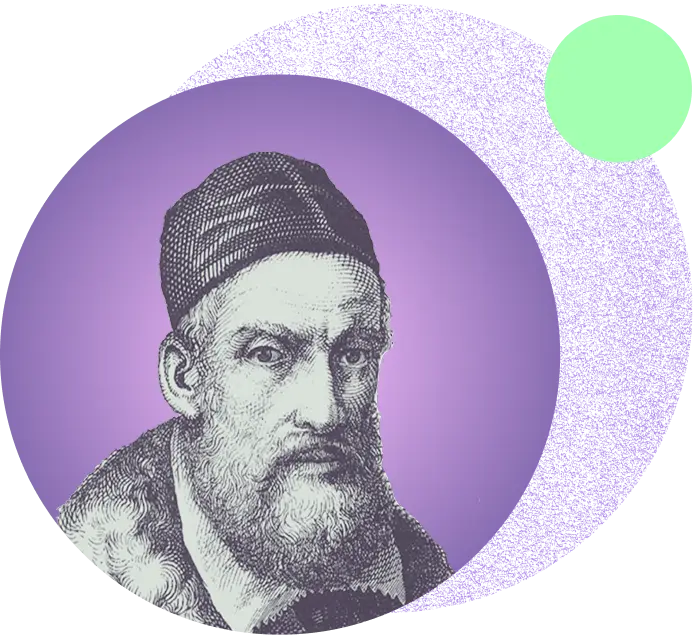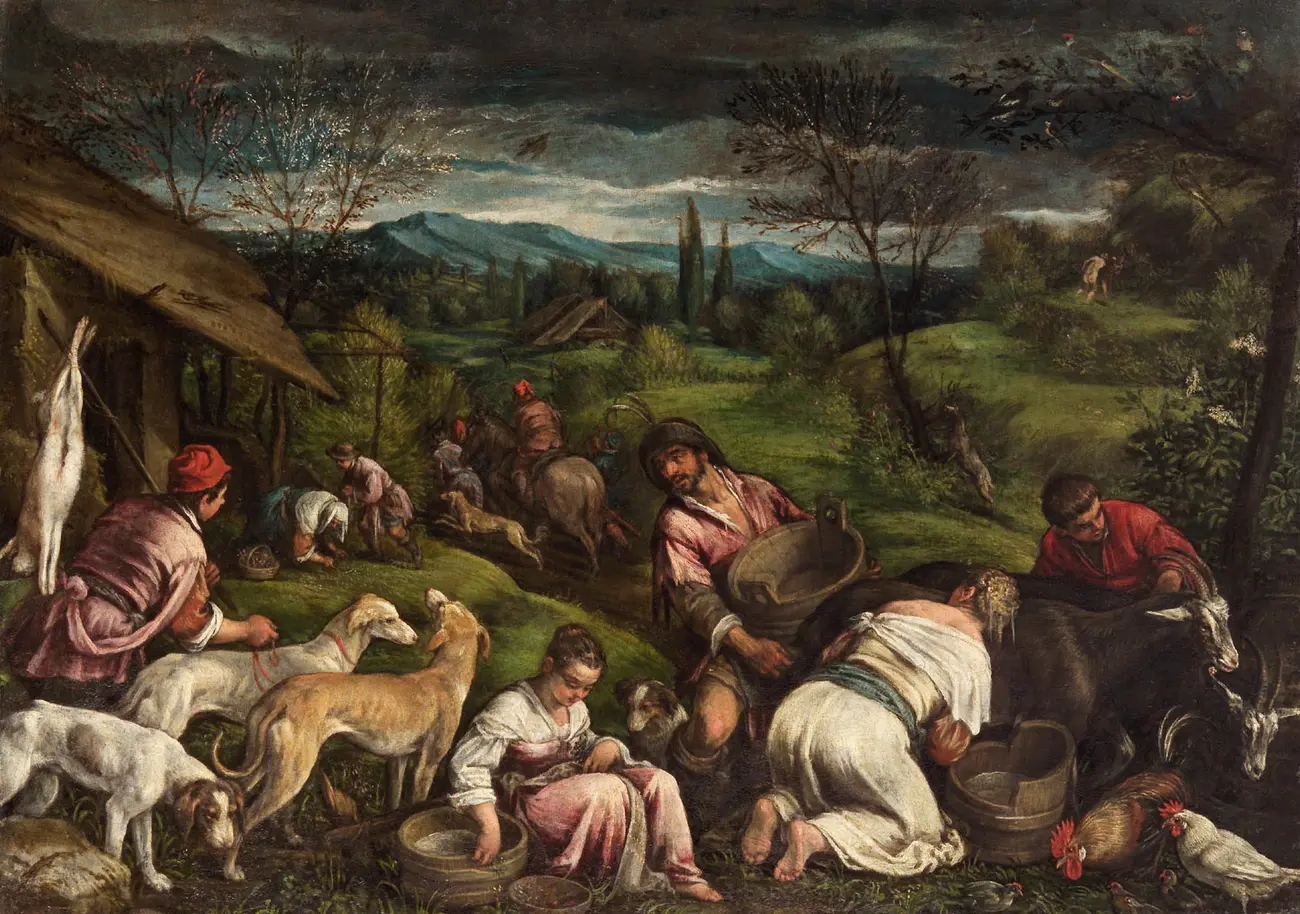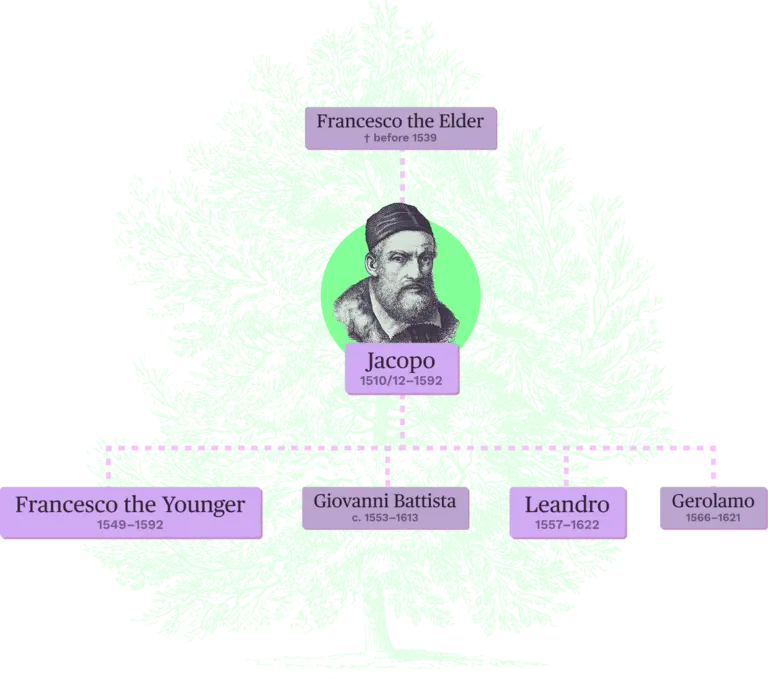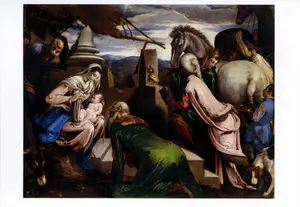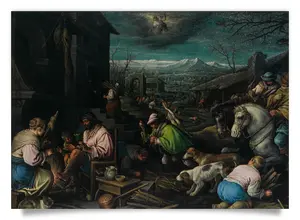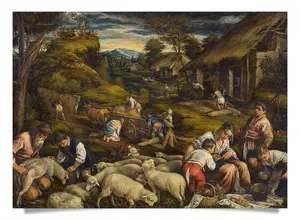It began in Bassano
The Italian artist Jacopo Dal Ponte, known as Bassano, was born around 1510 in Bassano del Grappa on the Venetian mainland. His father Francesco Dal Ponte is regarded as his first teacher. Jacopo, who would always remain loyal to his home town of Bassano, was sent to study in Venice by his father in 1530. There he studied under painter Bonifacio Veronese, who ran his own workshop and also took in travelling and passing artists. This enabled Jacopo to accept commissions in Bassano even during his studies in Venice.
Viva Venice!
In the lagoon city, Jacopo managed to expand his network. He got to know the most important artists of his time, first and foremost: Titian, the master in Venice par excellence.
As Venice was also an important centre for book printing and the graphic arts, Jacopo now had the opportunity to study art treatises, prints and illustrated books. He became familiar with the works and studies of Dürer, Raphael and also saw drawings by Parmigianino.
Provincial?!
Jacopo’s style combines these influences with his own observations of rural life and nature around Bassano. From around 1560, he developed the biblical pastoral – biblical scenes embedded in landscapes, for which he became famous and appreciated. Jacopo eventually worked primarily from his birthplace of Bassano.
The pre-Alpine landscape of the Veneto served as a backdrop in his paintings – one can even recognise peaks such as Monte Grappa.
His clients included public officials working in Bassano on behalf of the Venetian Republic, as well as nobles who sought retreat in their country villas. Some would bring paintings by the rural master back to the city, helping him gain a growing reputation there as well.
By the late 1560s, Bassano’s works were already known far beyond the borders of Venice – for example, at the ducal court in Bavaria or in Rome, where his biblical paintings – including The Flood – adorned the walls of the Villa Medici.
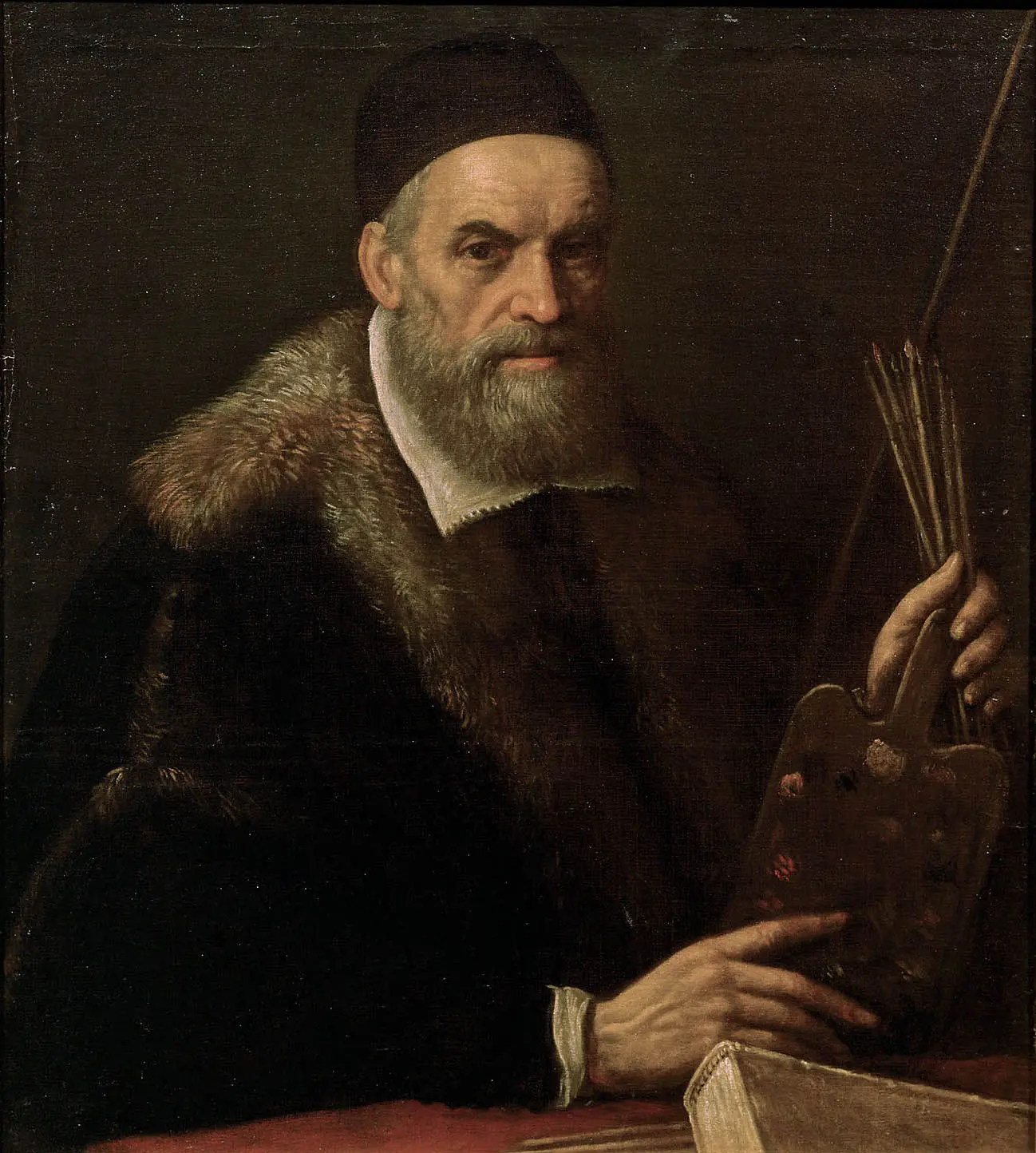
Der Maler Jacopo da Ponte, gen. Jacopo Bassano (um 1510-1592), Gerolamo da Ponte, gen. Gerolamo Bassano, 90er Jahre des 16. Jahrhunderts
